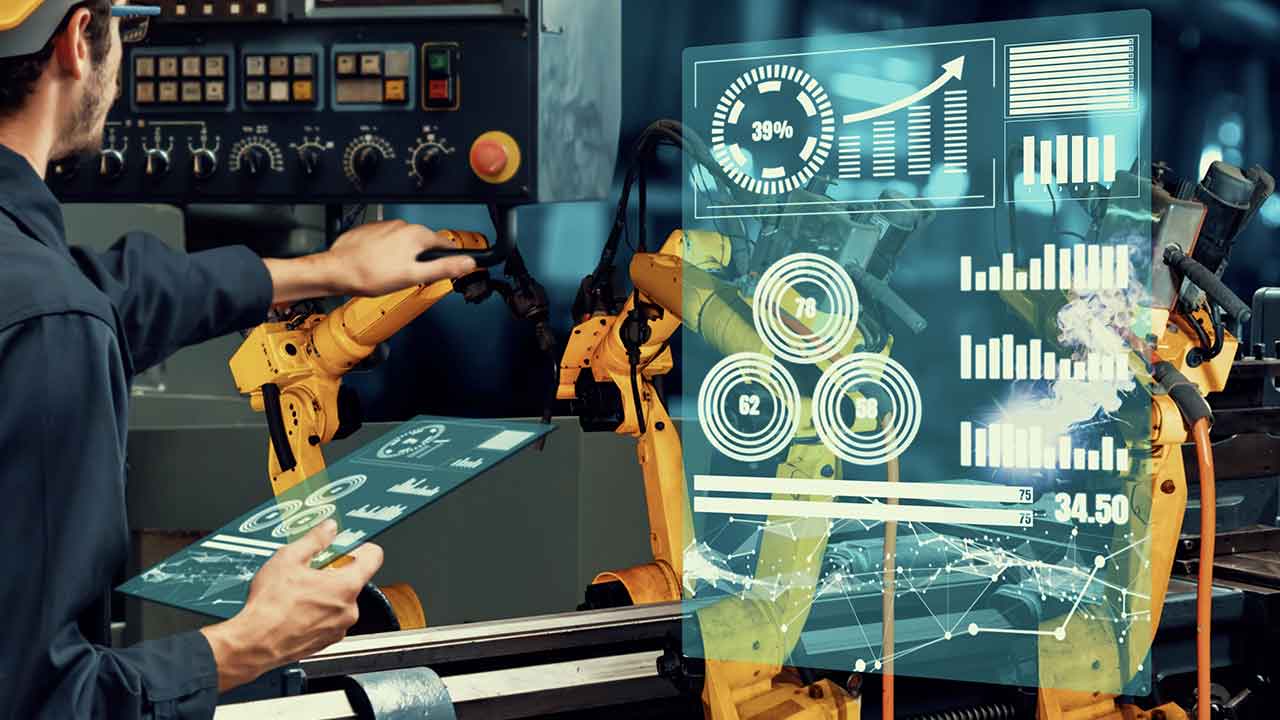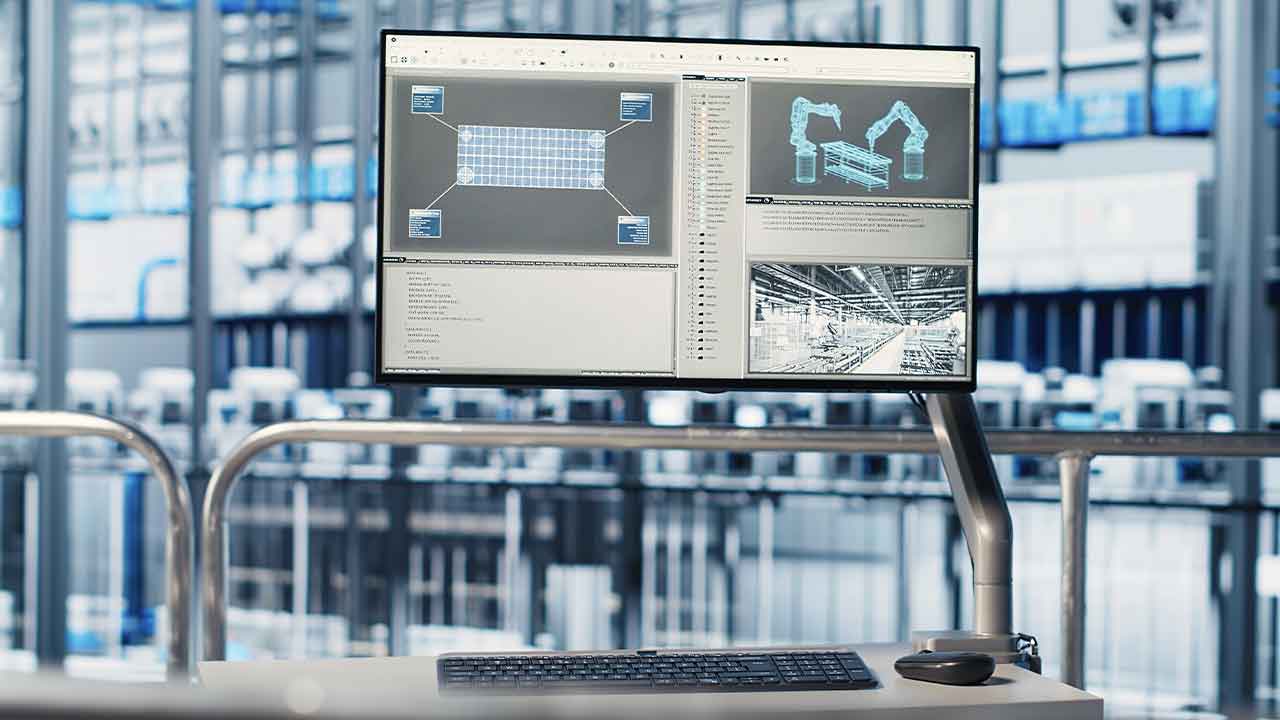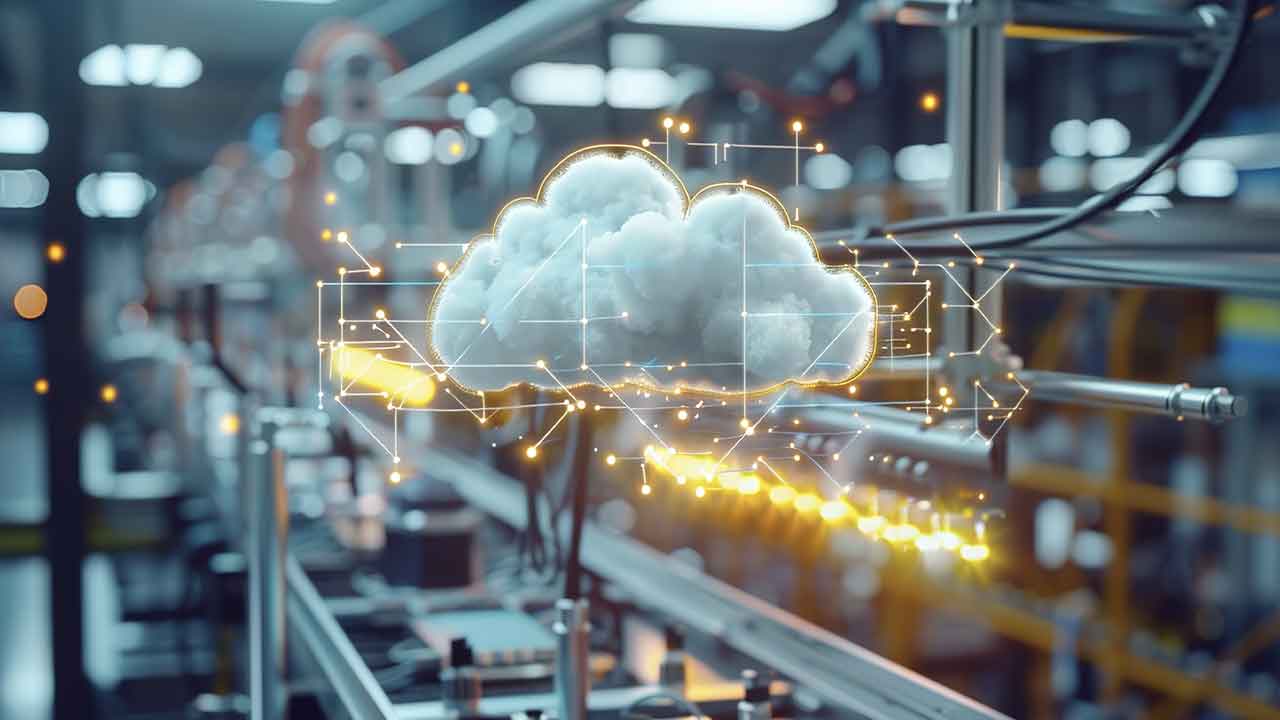Data and Edge Computing: Could You Be Missing Out?
When it comes to smart factory automation, getting relevant data is one thing. Getting it into the right hands quickly and easily is another.
That’s where a Cloud strategy that lets you capitalize on edge computing can help.
Edge Computing: Defined
What is edge computing?
Gartner defines edge computing as solutions that facilitate data processing at or near the source of data generation.
Frankly, edge computing isn’t entirely new. After all, data-driven technologies like programmable logic controllers (PLCs) have been around a long time. But today’s edge computing is closing the gap in how far data has to go to get where it needs to be.
And that’s why edge computing is a fast-growing phenomenon.
In fact, Gartner has predicted that enterprise-generated data (data that’s created and processed outside of a traditional centralized data center or Cloud) will grow to 75% by 2025.1
So, what does this mean for smart factories and industrial automation? It means that even though data streams are bigger and more robust than ever before, the data itself can be wrangled better, synthesized faster, and disseminated quicker. More about Who owns the Machine Generated Data in IoT
Benefits of Edge Computing
Edge computing is the answer to having too much data moving too fast. It’s what can help industrial automation specialists like you ensure that the data stream is clear, relevant, efficient, and secure.
Bottom line? Edge computing has the power to improve operations, reduce downtime, and speed time to market.
- It is the conduit that transforms data from information to insight.
- It ensures that data is processed swiftly.
- It cleanses the data pool so that only the most relevant data is transmitted.
- It enables the best presentation of data to the right people at the right time.
- It delivers data that is more meaningful, relevant, and contextual.
Operational Impacts of Edge Computing
Edge computing can deliver more of what industrial automation facilities and operators need:
- Clean data
- Flexibility
- Scalability
- Secure remote access
- Cost savings
- No-hassle configuration capabilities
Edge Computing Strategy: 4 Tips for Getting Started
- Embrace—not replace—the technology. Data centers and Cloud computing are here to stay. Adding edge computing to the mix, however, can empower you to become more productive, resilient, and autonomous.
- Decide on your objectives. Like many things, edge computing isn’t one-size-fits-all. Consider what operational challenges you’re facing and what technical issues you need to solve. Because your environment, requirements, and processes are unique, your edge computing strategy should be, too.
- Identify your opportunity areas. Where can edge computing help your operations the most? Adopting edge computing solutions shouldn’t create more problems; it should solve them. Your workflows should align across the data lifecycle, from data center to the edge to the Cloud
- Consider security. By its very nature, edge computing is decentralized. For that reason, you’ll need to stay informed and aware. Security breaches through automation systems can be costly in more ways than one, so make sure you stay hypervigilant about keeping up with the latest cybersecurity standards with respect to your edge computing solutions.
This article was written by Richard Theron, Product Manager at MSA Safety and originally it was published here.



